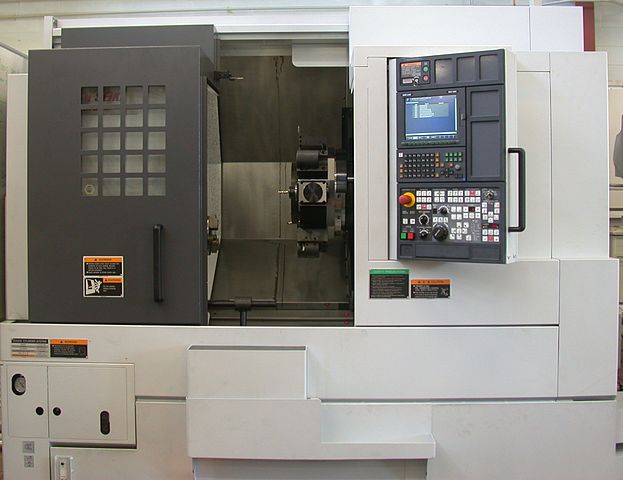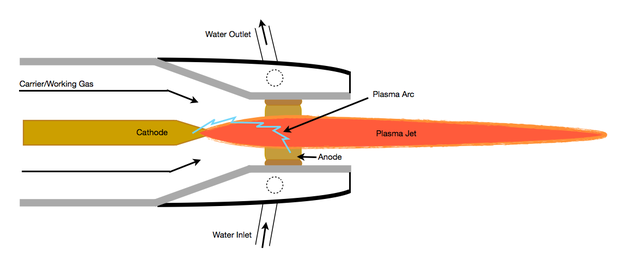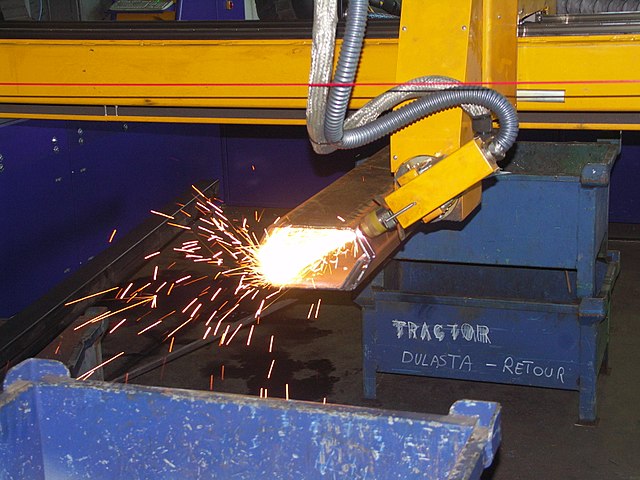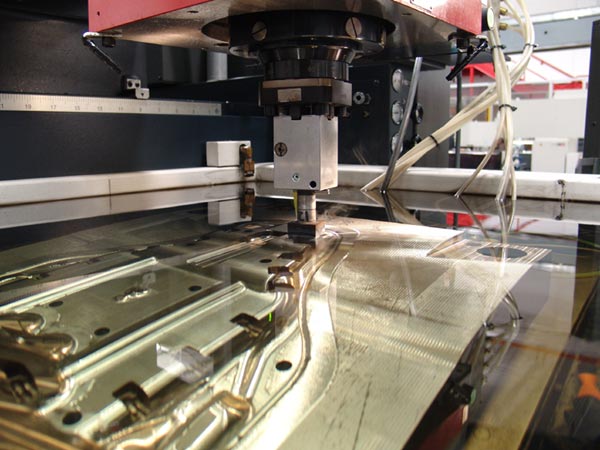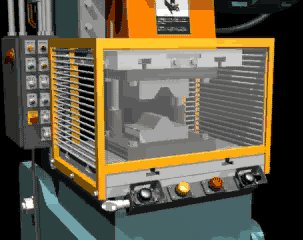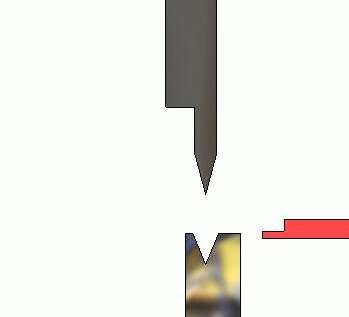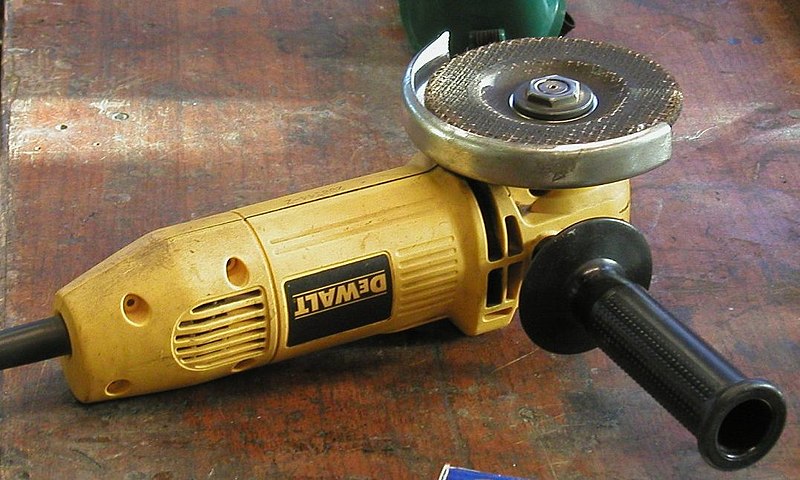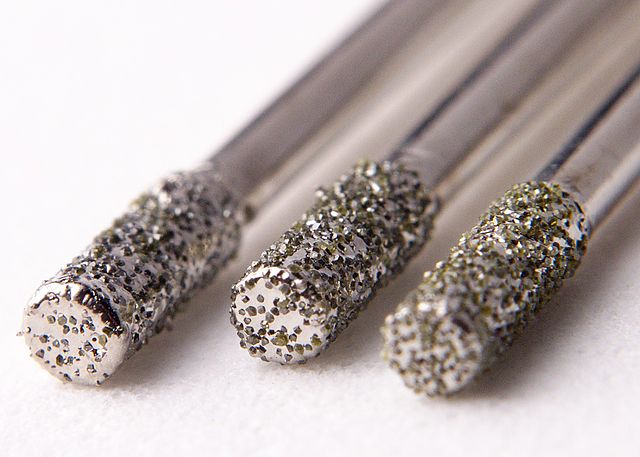We just learned that a fault is when two tectonic plates crash into each other.
There are different types of faults, and different ways that the earth's crust moves during faults.
One type of fault is a Strike-slip fault, also known as a wrench fault, tear fault or transcurrent fault.
When an earthquake happens at one of these faults, the ground shifts side to side.
To show this, put your two hands in front of you on a table, with your palms flat on the table.
Have your hands touching at the sides of your thumbs and pointer fingers.
Slide your right hand forward away from you, and slide your left hand toward your body.
That is the same way the earth moves, slipping the two pieces of the earth's crust next to each other, but keeping them touching.

(from: wikipedia - fault (geology))

(from: wikipedia - fault (geology))
Kid Facts - Blast from the past: Tongs





